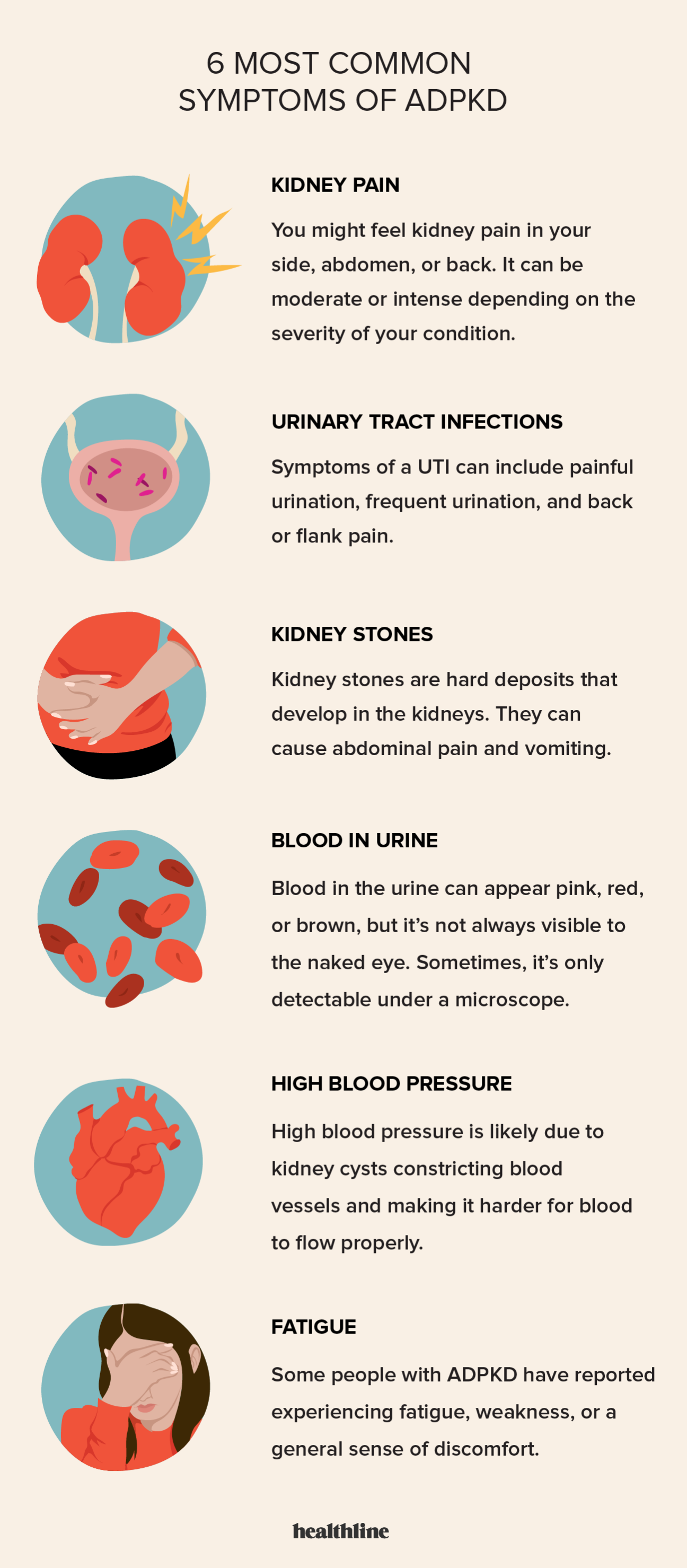Comprehensive Guide to Kidney Stones vs UTI: Medical Diagnosis, Creates, and Alleviation
Comprehensive Guide to Kidney Stones vs UTI: Medical Diagnosis, Creates, and Alleviation
Blog Article
A Comprehensive Evaluation of Therapy Alternatives for Kidney Stones Versus Urinary System System Infections: What You Need to Know
The distinction between treatment options for kidney stones and urinary system system infections (UTIs) is essential for reliable patient management. While UTIs are typically resolved with anti-biotics that give quick alleviation, the technique to kidney stones can vary significantly based upon specific aspects such as stone size and make-up. Non-invasive approaches like extracorporeal shock wave lithotripsy (ESWL) may be appropriate for smaller stones, yet larger or obstructive stones usually call for even more invasive techniques. Recognizing these subtleties not only educates professional choices but additionally boosts individual results, inviting a closer exam of each problem's treatment landscape.
Understanding Kidney stones
Kidney stones are difficult deposits developed in the kidneys from salts and minerals, and recognizing their structure and formation is essential for efficient monitoring. The key types of kidney stones include calcium oxalate, calcium phosphate, struvite, uric acid, and cystine stones, each with distinct biochemical origins.
The development of kidney stones occurs when the focus of certain compounds in the pee increases, bring about formation. This crystallization can be influenced by urinary pH, quantity, and the visibility of preventions or marketers of stone development. For instance, low urine volume and high acidity contribute to uric acid stone advancement.
Comprehending these aspects is crucial for both avoidance and therapy (Kidney Stones vs UTI). Reliable monitoring strategies may consist of nutritional alterations, raised liquid consumption, and, in many cases, medicinal interventions. By acknowledging the underlying causes and kinds of kidney stones, medical care service providers can implement tailored approaches to minimize reappearance and boost individual results
Summary of Urinary System Infections
Urinary system tract infections (UTIs) prevail microbial infections that can influence any type of part of the urinary system, including the kidneys, ureters, bladder, and urethra. Most of UTIs are created by Escherichia coli (E. coli), a kind of bacteria normally located in the intestinal tracts. Women are more at risk to UTIs than guys because of physiological distinctions, with a shorter urethra helping with easier microbial access to the bladder.
Signs and symptoms of UTIs can differ depending on the infection's area however typically consist of regular urination, a burning experience during peeing, gloomy or strong-smelling pee, and pelvic pain. In extra extreme cases, especially when the kidneys are entailed, symptoms might likewise consist of fever, cools, and flank pain.
Threat elements for creating UTIs include sex, specific types of contraception, urinary system tract problems, and a weakened body immune system. Diagnosis normally involves urine examinations to identify the existence of microorganisms and other indications of infection. Prompt treatment is vital to avoid difficulties, including kidney damages, and commonly involves anti-biotics customized to the particular germs entailed. UTIs, while common, need prompt acknowledgment and management to guarantee reliable outcomes.
Treatment Options for Kidney stones

If the stones are bigger or create considerable pain, non-invasive procedures such as extracorporeal shock wave lithotripsy (ESWL) may be employed. This technique makes use of acoustic waves to damage the stones into smaller fragments that can be more easily passed via the urinary system system.
In situations where stones are also huge for ESWL or if they block the urinary tract, ureteroscopy might be suggested. This minimally invasive procedure entails making use of a little scope to break or remove up the stones straight.

Treatment Options for UTIs
How can doctor properly deal with urinary system tract infections (UTIs)? The key approach entails a thorough analysis of the client's symptoms and case history, complied with by proper analysis screening, such as urinalysis and pee culture. These tests aid determine the causative pathogens and determine their antibiotic sensitivity, directing targeted therapy.
First-line therapy usually consists of prescription antibiotics, with options such as nitrofurantoin or trimethoprim-sulfamethoxazole, relying on local resistance patterns. For straightforward cases, a brief course of anti-biotics (3-7 days) is typically enough. In frequent UTIs, service providers might consider preventative antibiotics or alternate strategies, consisting of way of life alterations to reduce danger variables.
For patients with challenging UTIs or those with underlying wellness issues, a lot more hostile treatment may be needed, possibly involving intravenous prescription antibiotics and more analysis imaging to assess for issues. In addition, patient education on hydration, hygiene methods, and signs and symptom monitoring plays an essential function in avoidance and reappearance.
Comparing Results and Efficiency
Examining the results and efficiency of treatment choices for urinary tract infections (UTIs) is important for optimizing patient care. The primary therapy for straightforward UTIs normally entails antibiotic therapy, with options such as trimethoprim-sulfamethoxazole, fosfomycin, and nitrofurantoin. Research studies indicate high efficacy prices, with a lot of clients experiencing symptom alleviation within 48 to 72 hours. Antibiotic resistance is an expanding worry, requiring mindful choice of antibiotics based on neighborhood resistance patterns.
On the other hand, treatment end results for kidney stones vary significantly based on stone size, place, and make-up. Choices vary from conservative administration, such as web link hydration and discomfort control, to interventional treatments like extracorporeal shock wave lithotripsy (ESWL) and ureteroscopy. While ESWL has a high success price for smaller stones, problems can emerge, demanding additional treatments.
Eventually, the efficiency of therapies for both problems hinges on accurate diagnosis and customized strategies. While UTIs generally respond well to prescription antibiotics, kidney stone monitoring might call for a multifaceted strategy. Continuous evaluation of treatment results is essential to boost patient experiences and reduce recurrence rates for both UTIs and kidney stones.
Conclusion
In summary, therapy techniques for kidney stones and urinary system infections differ considerably due to the distinct nature of each problem. Non-invasive techniques such as extracorporeal shock wave lithotripsy are suitable for smaller stones, whereas larger or obstructive stones might require ureteroscopy.
While UTIs are generally resolved with prescription antibiotics that supply rapid alleviation, the technique to kidney stones can differ substantially based on individual factors such as stone size and make-up. Non-invasive techniques like extracorporeal shock wave lithotripsy (ESWL) may be ideal for smaller stones, yet larger or obstructive stones typically require even more invasive methods. The main kinds of kidney stones consist of calcium oxalate, calcium phosphate, struvite, uric acid, and cystine stones, each with distinctive biochemical origins.In comparison, treatment end results for kidney stones differ considerably based on stone structure, dimension, and location. Non-invasive methods such as extracorporeal shock wave lithotripsy are appropriate for smaller stones, whereas bigger or obstructive stones may need ureteroscopy.
Report this page